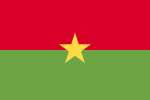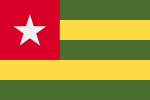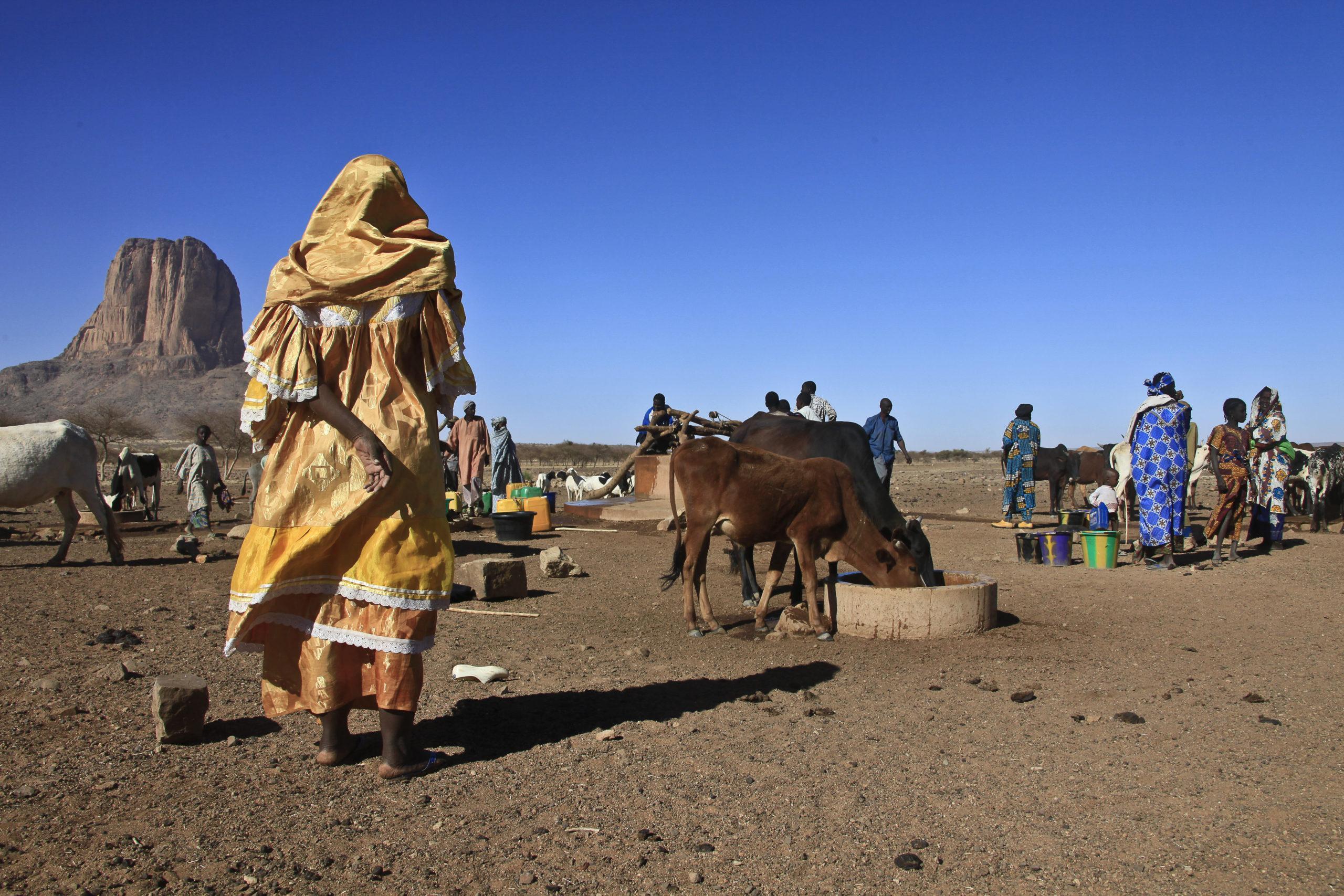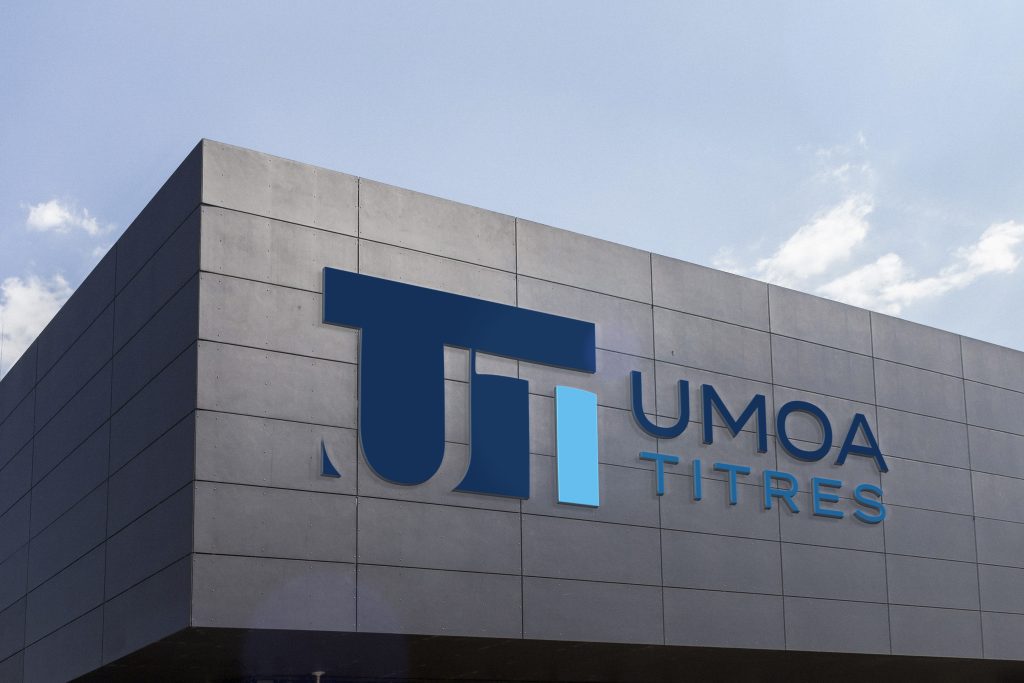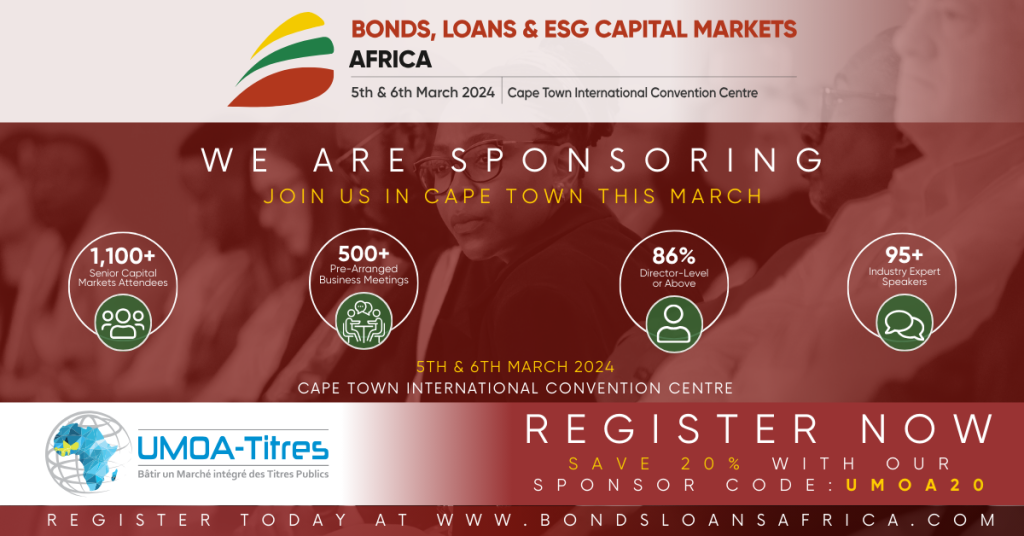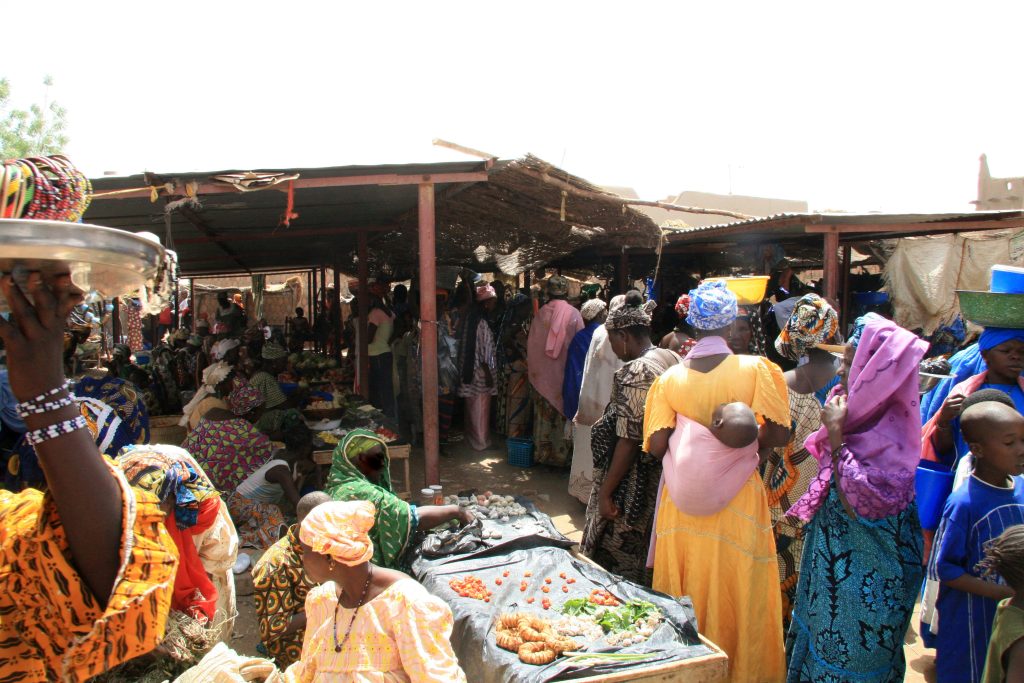Mali is a landlocked country and the second largest State in West Africa. It is one of the main producers of cotton and gold in Africa. According to the National Institute of Statistics of Mali (INSTAT), the country is characterized by an extremely young population with more than half (50.1%) of the population under the age of 15. After the crisis of 2012, the Malian economy regained a good growth dynamic. Mali’s economic growth has averaged over 5.0% over the 2015-2019 period. However, 2020 was a particularly turbulent year for Mali. The difficult socio-political and security situation combined with the adverse effects of the COVID-19 health crisis led to a 1.6% contraction in GDP. The Malian economy is expected to rebound in 2021 with an expected growth of 4.3% in connection with the easing of the socio-political situation, the control of the COVID-19 pandemic and the prospect of an improved international situation.
Recent developments and short-term prospects of the Malian economy are outlined I the new information note.
THE PRIMARY AND TERTIARY SECTORS DRIVING THE GROWTH OF THE MALIAN ECONOMY
The primary sector contributes the most to the formation of GDP followed by the tertiary sector. During the 2015-2020 period, the weight of the primary sector in GDP averaged 36.8%. As for the tertiary and secondary sectors, they accounted for an average of 33.0% and 20.2% of GDP respectively over the 2015-2020 period. During this period, non-market GDP accounted for an average of 10.0% of GDP each year.
The performance of Mali’s economy over the 2015-2019 period is attributable to the dynamism of the primary and tertiary sectors which grew by an average of 5.8% and 5.9% respectively over the period, supported by the implementation of the Strategic Framework for Economic Recovery and Sustainable Development (CREDD 2016-2019). As for the secondary sector, it grew by an average of 3.3% per year over the 2015-2019 period.
Due to the adverse effects of COVID-19 on activity and the country’s difficult socio-political situation, Mali’s real GDP contracted by 1.6 percent in 2020. Measures taken by the authorities to contain the spread of the epidemic and mitigate its impact on activity were not enough to offset the underperformance of the primary sector. This sector fell by 5.6% in 2020 due to the decline in cotton production because of the fall in world prices and disagreements over input subsidies granted to producers. On the other hand, the tertiary sector experienced a moderate increase (+0.4%) while the secondary sector recorded a slight decline (-0.3%).
Activity should rebound in 2021, driven by the dynamics of all three sectors. The Malian economy is expected to return to its pre-COVID-19 growth momentum in 2022 with an anticipated growth of +5.8% after +4.3% in 2021.
TOWARDS AN INCLUSIVE AND SUSTAINABLE DEVELOPMENT
Mali’s nominal GDP increased from CFAF 7,747.7 billion in 2015 to CFAF 10,125.6 billion in 2019. The wealth created during this period increased by CFAF 2,479 billion. This development is the result of the Malian authorities’ efforts to boost the economy in various sectors. Due to the COVID-19 health crisis, the country’s nominal GDP fell to CFAF 10,011.6 billion in 2020. Economic activity should become dynamic again from 2021. Wealth creation is expected to rise to CFAF 10 594.5 billion in 2021 before reaching CFAF 11 380.2 billion a year later.
Mali’s medium-term economic and fiscal outlook will be supported by the implementation of the Strategic Framework for Economic Recovery and Sustainable Development (CREDD 2019-2023). This outlook is also consistent with the commitments of the three-year economic and financial plan supported by the Extended Credit Facility approved by the International Monetary Fund (IMF) on August 28, 2019. Mali has set as its goals for the 2021-2025 period :
- to achieve an average annual growth rate of 5.1% for the period;
- to increase the tax burden from 15.6% in 2021 to 17.5% in 2025;
- to maintain the overall budget deficit and adopt 3.3% per year on average ;
- to gradually reduce the debt ratio from 48.0% in 2021 to 38.6% in 2025.
Measures taken are in line with the CREDD guidelines, including:
- consolidating democracy and improving governance;
- restoring peace and security;
- promoting inclusive economic growth and structural transformation;
- fostering human capital development and social inclusion;
- protecting the environment and building resilience to climate change.
To achieve the growth objectives, the government intends first to continue to implement the peace and reconciliation agreements, implement the resolutions of the Inclusive National Dialogue (DNI), and ensure the security and stability of the territory.
Finally, the government will promote the conditions for structural transformation of the economy and strong, inclusive growth through the implementation of the agricultural orientation law and other modalities.
For a more complete view of the Malian economy and investment prospects, download Mali’s information note here.
Source : Mali’s Information Note – August 2021.




